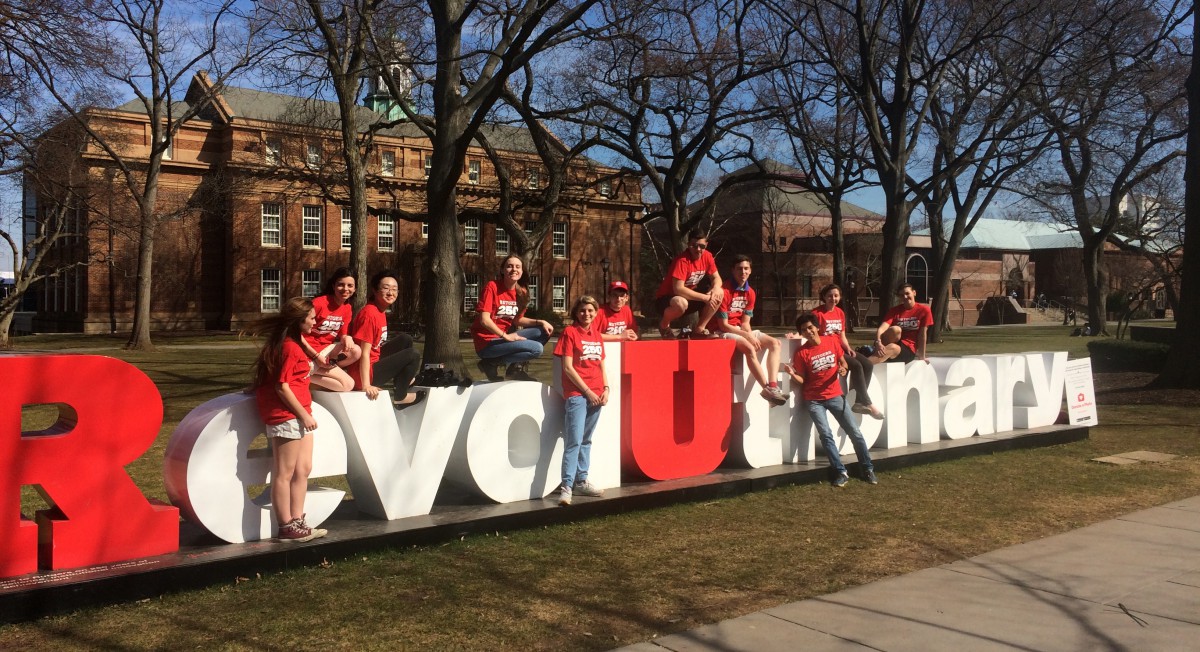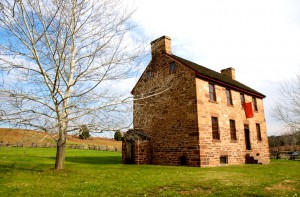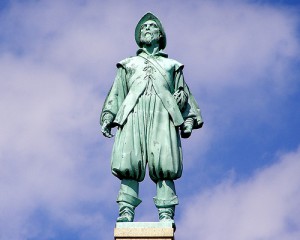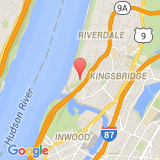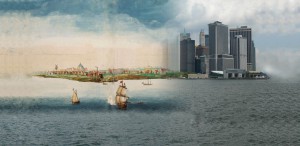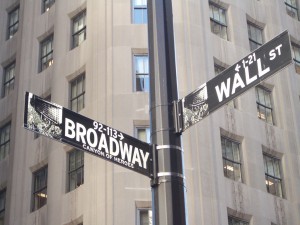Dylan Vail
Daniel Hernandez
Section 8

City Tavern was one of the first taverns built in New York, and it became the first City Hall/ State House ever built in Manhattan. A meeting place for all citizens and meant to accommodate meetings of business and order, it was important to the city and for what the city would eventually become. It was located on Pearl Street which had been where the city met the river before the expansion of New York, and where fishermen and hunters frequented.

The above image is outside of 85 Broad, in NYC, and the yellow bricks outline the foundation of where City Tavern used to be.
Essay:
My object was located on the corner of Coenties Slip and Pearl Street back in the colony of New Amsterdam, and is now the near the street in front of 85 Broad, and Pearl. The governing groups realized they had to be in touch with their citizens and so Director-General William Kieft had a stone tavern built in 1642. In 1653 it was officially commissioned by Petrus Stuyvesant and named the Stadt Huys (State House), but was known less formally as City Tavern. It was used as a gathering ground for all people of the city and meetings were often held there.
The first order of business after signing the municipal charter was to declare:
“herewith [to] inform everybody that they shall hold their regular meetings in the house hitherto called the City Tavern, henceforth the City Hall, on Monday mornings from 9 o’clock, to hear there all questions of difference between litigants and decide them the best they can”
The tavern was only about a two-minute walk from the fort, and so the governors often used it as a place to entertain or send their guests when they were hosting. It was a place for refugees arriving to the city, soldiers stationed there, citizens talking at night, less desirable individuals, as well as the elite who often frequented it. It was a place where problems were solved and issues raised, where organizers and activists rallied, and where even the Board of Nine was said to have used it for their purposes. After issues with the British and other historical events, the title of State House was given to the Lovelace Tavern next door in 1697. But both would eventually be destroyed, with most attributing this to a fire in 1706. During construction of 85 Broad in Manhattan, the foundations of Lovelace Tavern were found and so the spot of City Tavern was also discovered. This object was integral to the colony of New Amsterdam and what it would eventually become in the great city of New York. The artifact tells how the Dutch were organized and prepared and worked to integrate their people, as well as how they met to face problems and make decisions that we see as progressive today. It still speaks today as its place is outlined in the streets to signify its historical importance in a city that is constantly developing and progressing. And it was chosen because of the interest brought to it by a source website that was stumbled upon, and after seeing its historical importance and its lesser known status, it had to be given some sort of attention.
Bibliography:
http://www.anthropologyinpractice.com/2009/11/finding-traces-of-new-york-citys-dutch.html
http://www.billsbrownstone.com/DutchDays/CityTavern.asp
http://www.coins.nd.edu/ColCoin/ColCoinIntros/Netherlands.html
